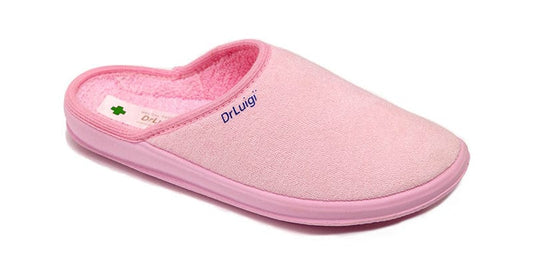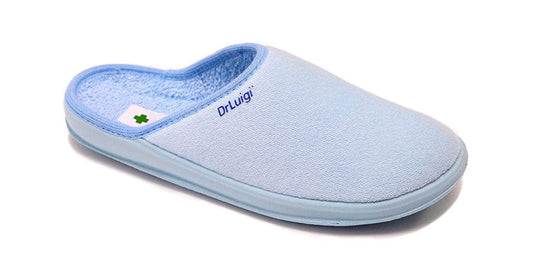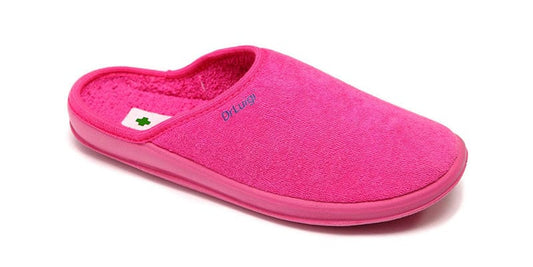Turf toe, although colloquially associated with football, extends its reach to various sports like soccer, basketball, and dance, affecting athletes who engage in sudden, forceful movements involving the big toe joint. Understanding its symptoms, causes, and treatments is crucial for effective management and prevention.
Symptoms and Signs
Turf toe manifests as pain, swelling, and restricted movement near the base of the big toe joint. Gradual onset and worsening of symptoms are common with repeated injury, while sudden, intense pain may occur immediately after a forceful movement, accompanied by a noticeable "pop" sound. Movement of the toe is typically limited, affecting athletic performance and daily activities.
Causes
Turf toe results from a sprain of the ligaments surrounding the big toe joint, primarily responsible for enabling up and down motion. The condition is triggered by forceful hyperextension of the big toe, commonly occurring during activities like sprinting, jumping, or sudden stops. Artificial turf fields, known for their harsh surface and increased cleat grip, pose a higher risk, although grass surfaces can also contribute, especially with inadequate footwear support.
Treatment
Management of turf toe involves various approaches aimed at reducing pain, inflammation, and promoting healing. Initially, rest, ice, compression, and elevation (RICE) are recommended to alleviate symptoms. Nonsteroidal anti-inflammatory drugs (NSAIDs) may help manage pain and swelling. Physical therapy focusing on strengthening and range-of-motion exercises can aid in rehabilitation and preventing future injuries. In severe cases, immobilization with a splint or boot may be necessary. Surgery is rarely required but may be considered for severe ligament tears or instability.
Prevention
Preventing turf toe involves wearing appropriate footwear, especially those providing adequate support and stability for the foot. Regular assessment of playing surfaces and modifying footwear accordingly can minimize the risk of injury. Athletes should prioritize proper warm-up and conditioning exercises to enhance foot strength and flexibility. Incorporating techniques to avoid forceful hyperextension of the big toe, such as proper running mechanics and avoiding sudden stops, is essential for injury prevention.
Conclusion
Turf toe poses a significant risk to athletes across various sports, impacting performance and overall foot health. By understanding its symptoms, causes, and treatments, athletes can effectively manage the condition and implement preventive measures to minimize the risk of injury. Early intervention and comprehensive rehabilitation are key to ensuring optimal recovery and reducing the likelihood of recurrence.





